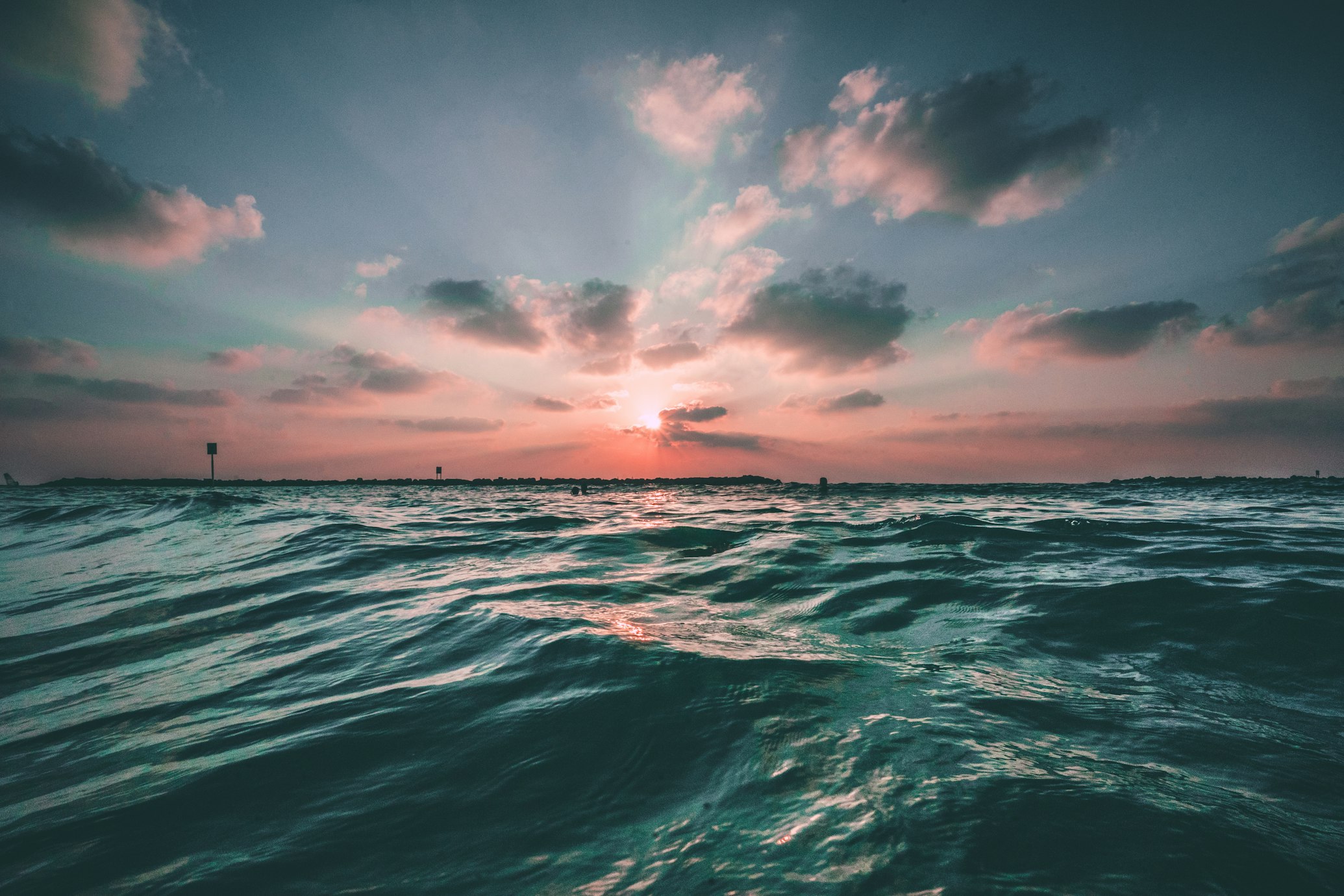The Silent Streams
How Water Quality Shapes the Hidden World of Aquatic Life
The Unseen World in Peril
Beneath the shimmering surfaces of rivers and lakes, complex communities of fish and macroinvertebrates (insects, snails, and crustaceans) form intricate food webs that have thrived for millennia. But these aquatic worlds are now under siege.
Global Assessment
Over 100,000 river sites show 50% of macroinvertebrate communities and 42% of fish populations are significantly impaired .
Critical Regions
Some arid regions experience over 50% severe degradation of aquatic ecosystems .
This silent crisis stems from a cascade of water quality issues—chemical pollutants, nutrient overloads, and sediment disturbances—that unravel the delicate fabric of aquatic life. Understanding these connections isn't just scientific curiosity; it's key to preserving biodiversity, fisheries, and the health of our planet's freshwater arteries.

Freshwater Biodiversity
Delicate aquatic ecosystems are facing unprecedented threats from human activities.
Decoding Nature's Water Quality Gauges
Bioindicators: Nature's Pollution Detectives
Aquatic organisms serve as living sensors of ecosystem health.
Fish Community Insights
Fish communities offer broader insights due to their longer lifespans:
- Migratory barriers (dams fragmenting habitats)
- Chronic toxin exposure (e.g., endocrine disruptors altering reproduction) 8
The Stressor Cocktail
Nutrient Surges
Phosphates and ammonium from sewage and fertilizers trigger algal blooms. As bacteria decompose dead algae, oxygen plummets, creating "dead zones" lethal to fish 6 .
Featured Experiment: Wildfires and Aquatic Microcosms
The Burning Question
How do wildfires—increasingly intense due to climate change—reshape aquatic ecosystems? Researchers at the University of Texas designed a groundbreaking experiment to uncover how fire-altered organic matter affects microbial foundations of food webs 1 .
Methodology: Simulating Nature in the Lab
- Collected pristine river water with intact microbial communities.
- Added four types of plant-derived matter: unburnt (control), low-temperature burnt (250°C), and high-temperature burnt (450°C).
- Monitored microbial responses over 42 days.
- Measured microbial diversity, nitrification gene abundance, and oxygen consumption rates.
Microbial Responses to Wildfire-Derived Organic Matter
| Organic Matter Source | Microbial Diversity Change | Nitrification Capacity | Oxygen Demand |
|---|---|---|---|
| Unburnt (Control) | Baseline (100%) | Baseline (100%) | Low |
| Low-Temp Burn (250°C) | ↓ 40% | ↓ 60% | High |
| High-Temp Burn (450°C) | ↓ 25% | ↓ 35% | Moderate |
Results and Implications
Low-temperature burns generated highly bioavailable carbon, depleting oxygen and slashing microbial diversity by 40%. Crucially, nitrification capacity—essential for converting toxic ammonia into nitrate—plunged by 60% 1 .
Post-fire rainfall washes pyrogenic matter into rivers, creating "nutrient imbalances" that cascade through food chains. Reduced nitrification elevates ammonia, which can poison fish, while oxygen deficits trigger die-offs 1 . This experiment highlights how terrestrial disasters propagate through aquatic networks, demanding integrated land-water management.

Fire-Water Connection
Terrestrial wildfires have profound impacts on aquatic ecosystems through runoff and sedimentation.

Microbial Analysis
Laboratory studies reveal how fire-altered organic matter affects aquatic microbial communities.
Global Patterns and Climate Connections
Water quality crises are unevenly distributed. A synthesis of 64 studies shows:
Worst Impacts in Arid/Equatorial Zones
Already-stressed rivers face compounded pressures from pollution and water scarcity .
Climate Links
Snowmelt-fed rivers (e.g., alpine systems) show higher resilience, while drought-prone basins suffer "ecological suffocation" during low flows 5 .
Global Biological Impairment Linked to Human Development
| Region Type | % Macroinvertebrate Sites Severely Impaired | % Fish Sites Severely Impaired | Key Drivers |
|---|---|---|---|
| Arid Climates | 38% | 51% | Water scarcity, pollution |
| High HDI Nations | 33% | 41% | Industrial/agricultural runoff |
| Protected River Areas | <10% | <10% | Minimal (baseline conditions) |
The Scientist's Toolkit: Decoding Aquatic Health
Essential Field and Lab Equipment for Water Quality Studies
| Tool | Function | Real-World Example |
|---|---|---|
| Kick Net (500 μm mesh) | Collects macroinvertebrates from river substrates | Sampling Thai wastewater ponds to track pollution gradients 2 |
| Multiparameter Photometer | Measures nutrients (ammonium, phosphates) on-site | Detecting algal bloom drivers in US rivers 6 |
| ICP-MS Analyzer | Quantifies trace metals (Cu, Zn) in water/sediment | Linking zinc pollution to snail declines in South Africa 5 |
| eDNA Sequencing Kits | Identifies species via genetic traces in water | Monitoring invasive fish in Brazil |
| QSAR-ICE Models | Predicts chemical toxicity for untested species using computational models | Setting safety limits for microplastics 3 |
Pathways to Recovery: Science-Based Solutions
Protect Critical Habitats
Rivers flowing through protected areas show near-pristine biological conditions. Expanding these zones is urgent, especially in biodiversity hotspots .
Wetland Buffers
Restoring riparian forests cuts nutrient pollution by 40–60% and stabilizes sediment 6 .
Advanced Wastewater Treatment
Ozonation and activated carbon filtration remove 90% of pharmaceuticals and microplastics 4 .
In Silico Forecasting
Computational models (QSAR-ICE) predict toxicity of emerging contaminants, accelerating regulation 3 .
Conclusion: The Flowing Future
Water quality is more than a chemical metric—it's the pulse of aquatic life. From the resilience of wildfire-scarred streams to the silent spread of microplastics, every stressor reverberates through fish and macroinvertebrate communities.
Yet, hope flows in global data revealing that protected, forested catchments sustain vibrant ecosystems . By marrying traditional bioassessment with cutting-edge tools like eDNA and AI-driven toxicology, we can chart a course toward rivers where mayflies flutter and salmon surge—a vision of balance restored, one stream at a time.
"In the end, we will conserve only what we love, love only what we understand, and understand only what we are taught."

Hope for the Future
Protected waterways demonstrate the resilience of aquatic ecosystems when given proper care.